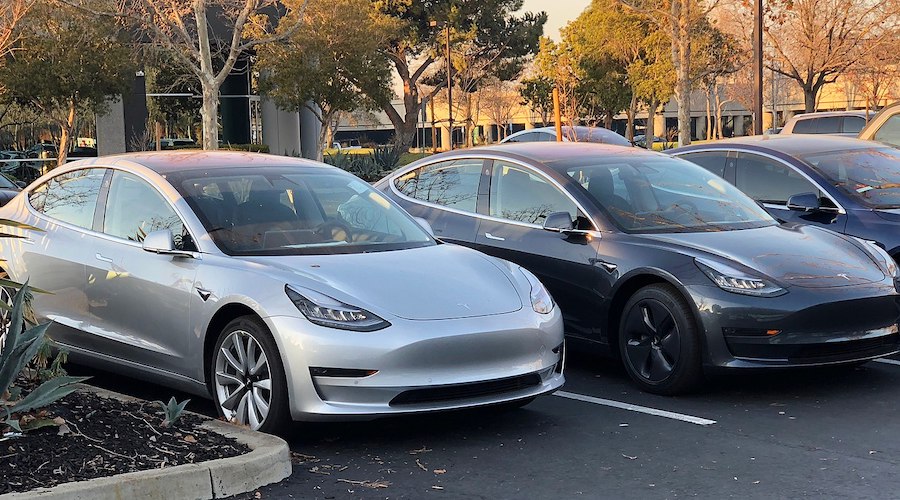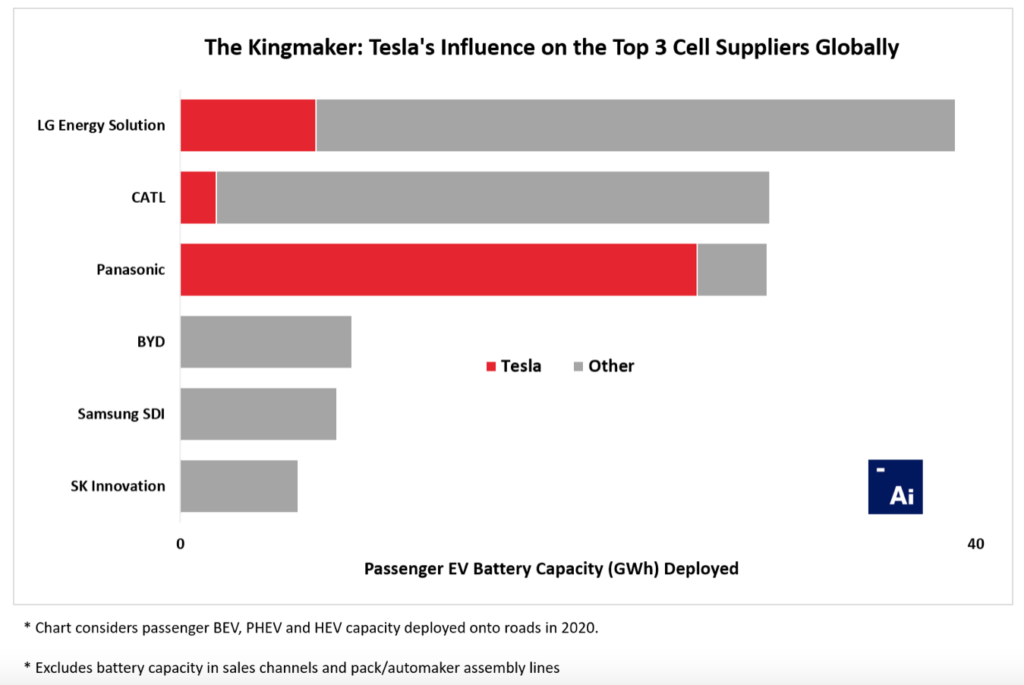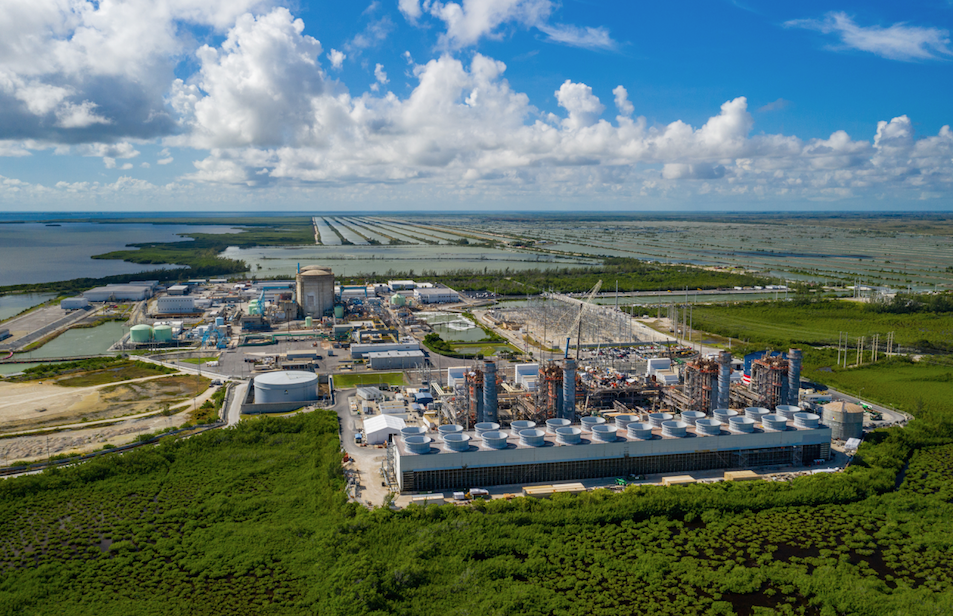Tesla deployed more EV battery materials than its four closest competitors combined in 2020

A report by market researcher Adamas Intelligence states that Tesla deployed more passenger EV battery capacity and battery materials, namely lithium, nickel and graphite, than its four closest competitors combined in 2020.
According to Adamas, Elon Musk’s company also outsold all other plugin electric vehicle makers globally.
Tesla’s large deployment of battery metals is explained by the rolling out of its made-in-China Model 3s, which include high-nickel NCM 811 cells from LG Chem. Later in the year, the car also began incorporating nickel- and cobalt-devoid LFP cells from Contemporary Amperex Technology (CATL).
Adamas’ report highlights the fact that in 2020, nearly 20% of all passenger EV battery capacity deployed onto roads by LG Energy Solution – a spin-off of LG Chem – went into MIC Tesla Model 3s, making it the cell supplier’s widest channel to market for the calendar year.
Meanwhile, less than 10% of all passenger EV battery capacity deployed onto roads by CATL went into MIC Tesla Model 3s, making it the cell supplier’s third greatest ‘vehicle’ to market for the calendar year, albeit the fastest growing customer on CATL’s books.
The big slice of the cake was taken by Panasonic, the Toronto-based consultancy firm said. In 2020, nearly 90% of all passenger EV battery capacity deployed onto roads by Panasonic went into Tesla battery electric vehicles of all kinds. This made Tesla “by far and large the cell supplier’s widest channel to market for the calendar year.”

RELATED: All the mines Tesla needs to reach its target of 20 million cars a year
More News
{{ commodity.name }}
{{ post.title }}
{{ post.date }}



Comments